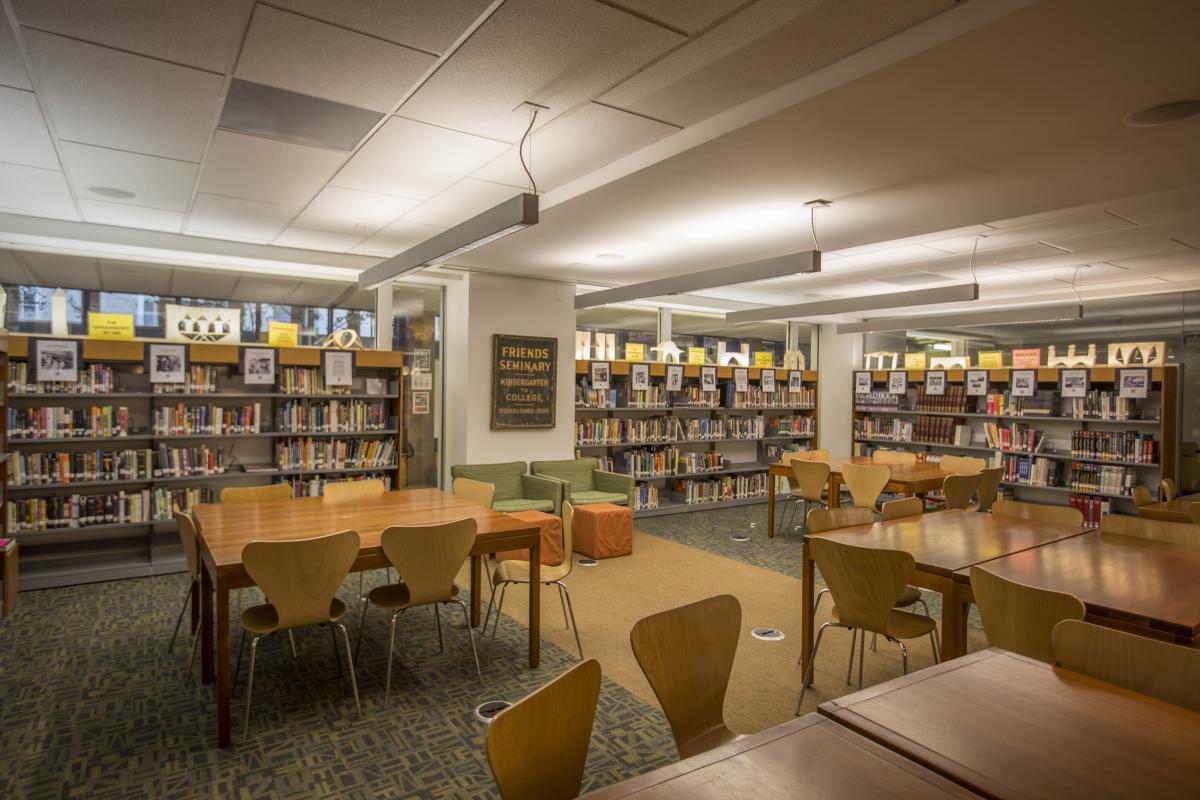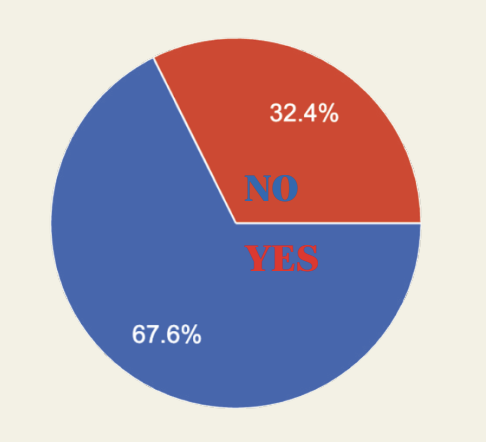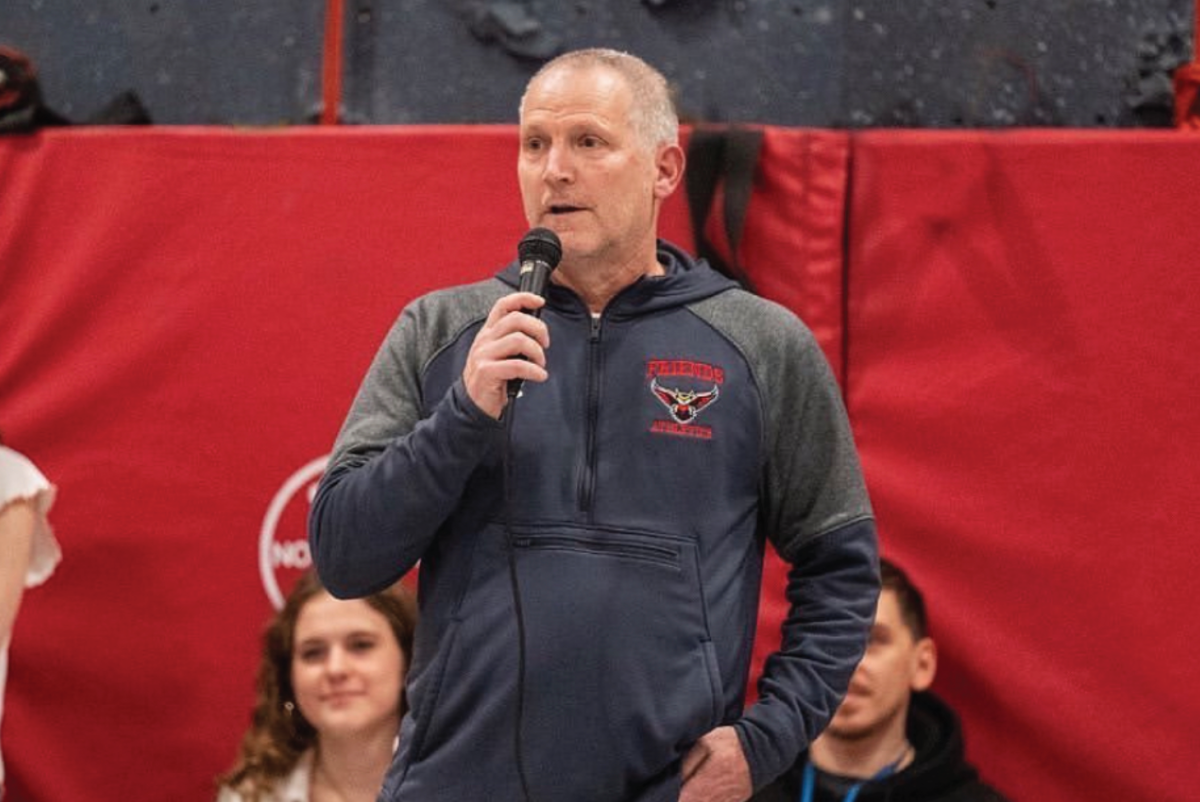The month of September brought record-setting rains across the Tri-State Area. The failure of New York’s infrastructure to hold up against the heavy rainfall was disturbing. Closed airport terminals, flooded metro stations, stand-still highways, and impossible commutes were some of the many challenges the rain posed to New Yorkers.
At Friends Seminary, the administration provided buses to help members of the community to get home. But some people were forced to take matters into their own hands and go to great lengths to get home. Joseph Rooney ‘25, who lives in Queens said, “I had to walk over the Williamsburg Bridge, and trek through a large chunk of Brooklyn to finally catch the J train to go home.” Oliver Gordon ‘25 living in Park Slope reported, “My fellow Brooklyners and I had to bravely ride Citi Bikes over the Manhattan Bridge and through the submerged streets.” Jacob Goldwyn ‘23 who lives in Tribeca said, “My bike ride back home through the flooded streets was so treacherous that I was struggling to control the bicycle and avoid hitting something or someone.” Luckily, no one was killed by the flooding that occurred all over the city during their commute. However, the floods once again showed the urgent need for a major revamp of New York’s aging infrastructure.
The subway system in particular, an essential transit method for faculty and students in the Friends community, was paralyzed by the storms. The New York subway system was never built to withstand the amount of water it now has to; this became apparent more than a decade ago, when Hurricane Sandy completely shut down the subways. Since then, the Metropolitan Transit Authority (M.T.A.) has spent over $2.6 billion to make the subways more storm resistant, yet it clearly has not been enough. The subway has remained susceptible to flooding during uncommonly heavy rainstorms, such as the downpour from the remnants of Hurricane Ida in 2021, and the rains at the start of this school year.
According to the NYC Department of Health and Mental Hygiene, extreme weather conditions will become more frequent as temperatures rise from climate change. Our city needs to dedicate more resources and people to finding solutions, otherwise our students and faculty may find that commuting to school becomes dangerous more often in the future.
In fact, to find solutions, we may need to revive some old concepts, such as having above-ground trains in vulnerable areas. Modern innovations, such as replacing concrete pavements with permeable surfaces so that water gets absorbed, and planting more water-absorbing plants in low lying coastal areas to absorb runoff, could also make a difference. Innovation does not only involve new inventions, it also means transforming existing resources. As one of the largest economic and cultural hubs of the world, New York City needs to lead the way in finding new technology, methods and materials to create a city and an M.T.A. that are ready for the twenty-first century.















